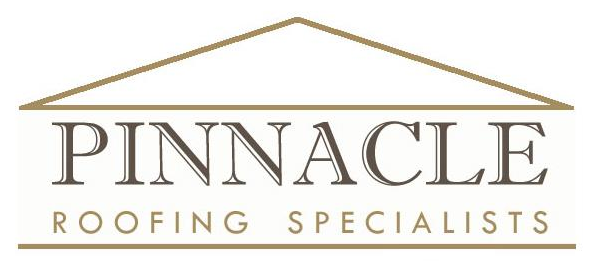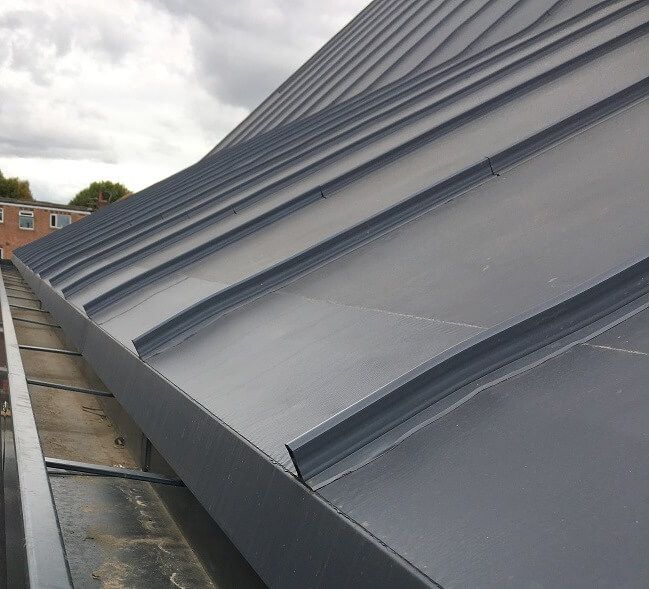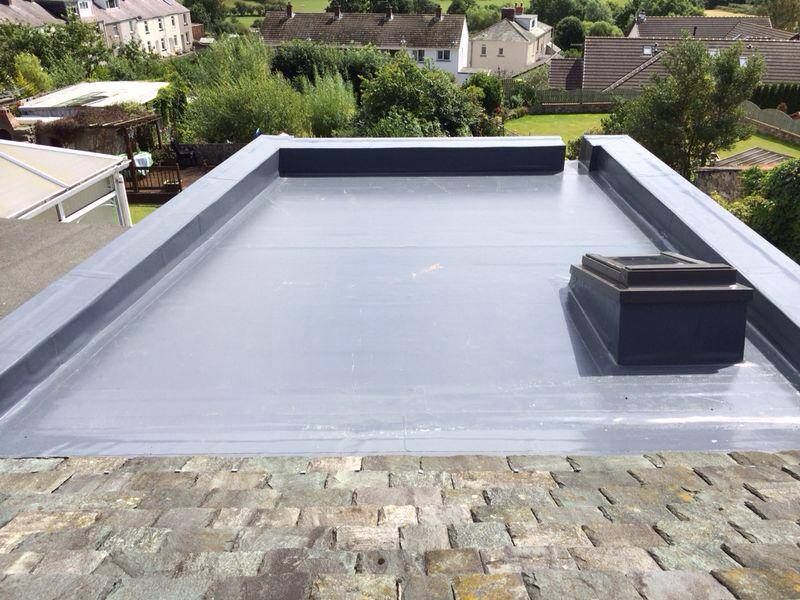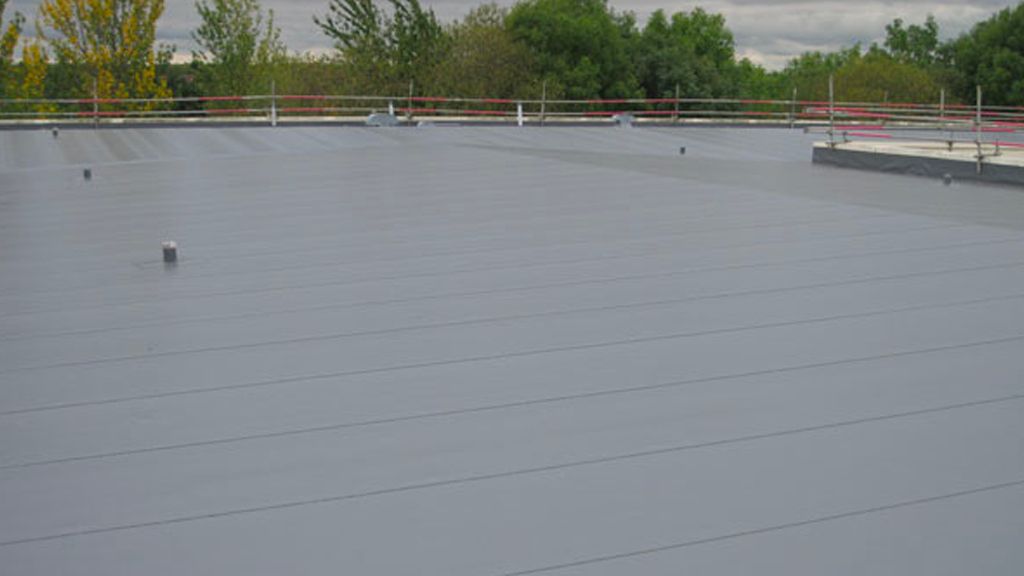0131 278 3393
info@pinnacleroofing.co.uk

Our new website is under construction.

Slide title
Write your caption hereButton
Slide title
Write your caption hereButton
Slide title
Write your caption hereButton
Membrane Roofing
Single-Ply Membranes - There are three types of single-ply, or elastoplastic, products in use today that are defined by the chemical properties they possess. These are: (1) Cured (or vulcanized) elastomers, (2) Uncured elastomers, and (3) plastomers.
Cured Elastomers (often referred to as Thermoset ) – Thermosets are synthetic rubbers that have undergone the vulcanization or "Curing" process. Seams of materials are bonded by adhesives or chemicals, which over time weaken and separate unless maintained or reinforced. The finished roof’s thickness is usually between 30 and 120 mils(thousandths of an inch) (0.75 mm to 1.50 mm). The most commonly used Cured Elastomer membranes are Ethylene Propylene Diene Monomer (commonly EPDM) and Neoprene, although all thermoset products combined fail to account for more than 10% of all commercial roofing. This is in part due to studies being released in the 1980s-early 2000's showing the average lifespan of thermoset membranes between 15-20 years, although the products have undergone massive alterations since then. [2]
Uncured Elastomers (sometimes grouped with Thermosets for simplicity) - Uncured elastomers are installed in a manner similar to thermoplastics in that they can be heat or solvent welded. The material then cures over time once exposed to the elements, and then exhibits the same qualities as vulcanized elastomers. The most commonly used Uncured Elastomers are Chlorosulfonated Polyethylene (CSPE), Chlorinated Polyethylene (CPE), Polyisobutylene (PIB), Nitrile Butadiene Polymer (NBP), although none of the products are known to be commonly used in the last decade, in part due to environmental concerns brought up regarding the chemical curing processes in the late 90s. Thermosets are often referenced for their easy installation methods, high chemical resistances, having higher impact resistances (for some membranes), and resistance to high temperatures.
Plastomers (often referred to as Thermoplastics ) – Thermoplastics are membranes that are heat welded and develop strength in the welds at least equal to the original membrane material, forming a much stronger bond than chemically bonded thermosets. The most commonly used thermoplastics are PVC, KEE and TPO, taking up over 55% of the commercial roofing market. However, a common misconception is that these are the only types of materials.
Office:
Pinnacle Roofing (Scotland) Ltd
Office 3, Dalhousie Business Park,
Carrington Road, Bonnyrigg,
Midlothian EH19 3HY
Registered Office Address: Office 3 Dalhousie Business Park, Carrington Road, Bonnyrigg, United Kingdom, EH19 3HY
Registered in Scotland - Company Number.: SC370688